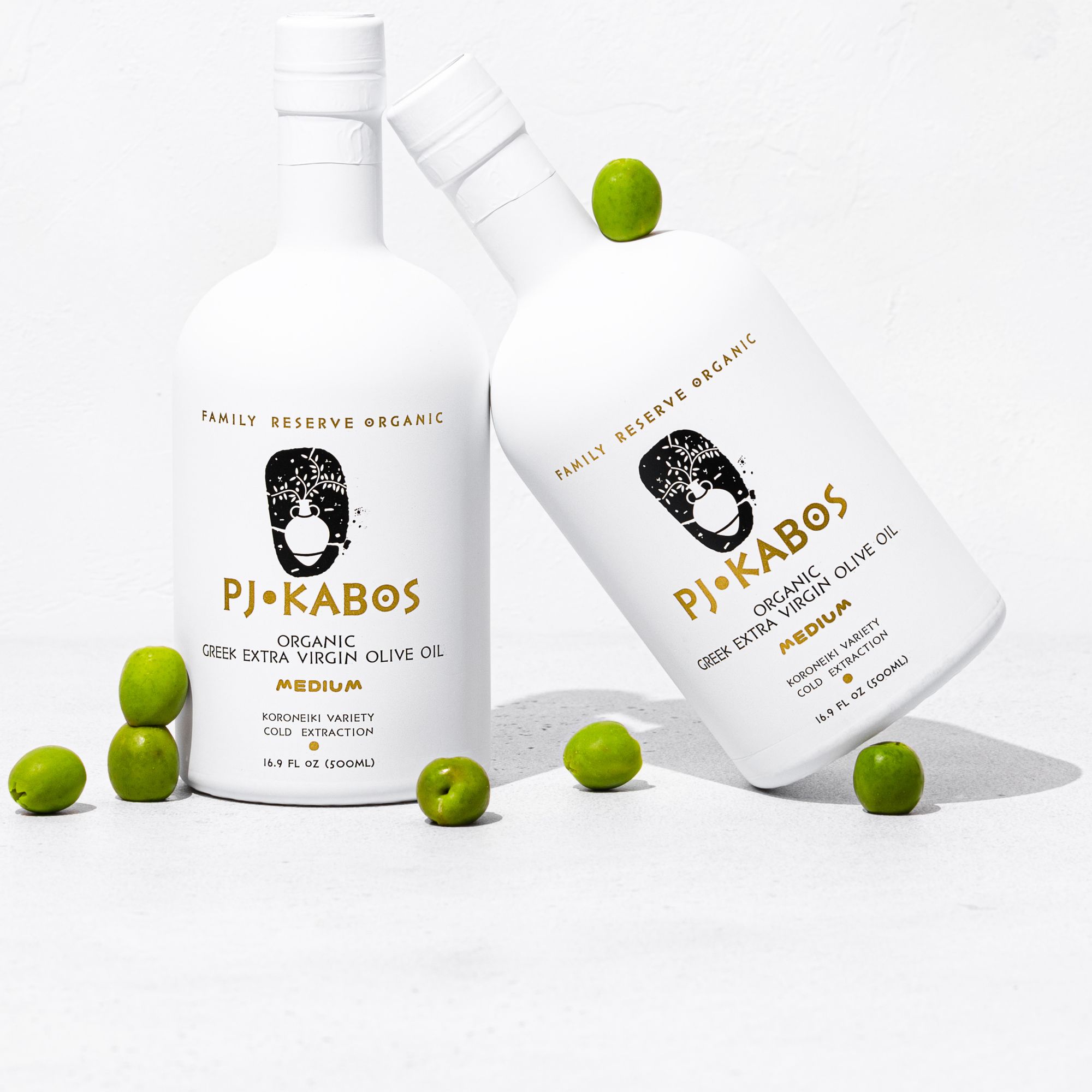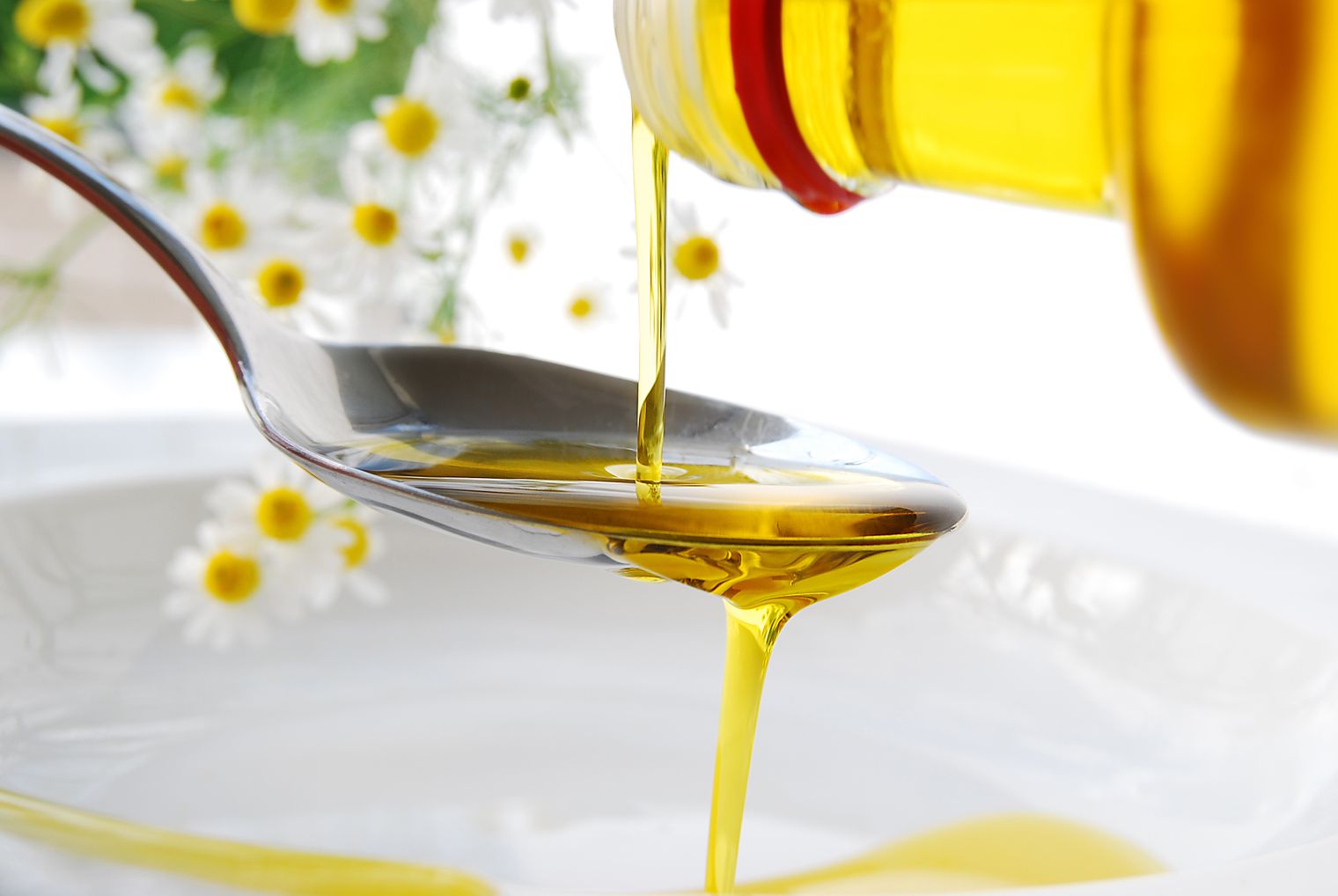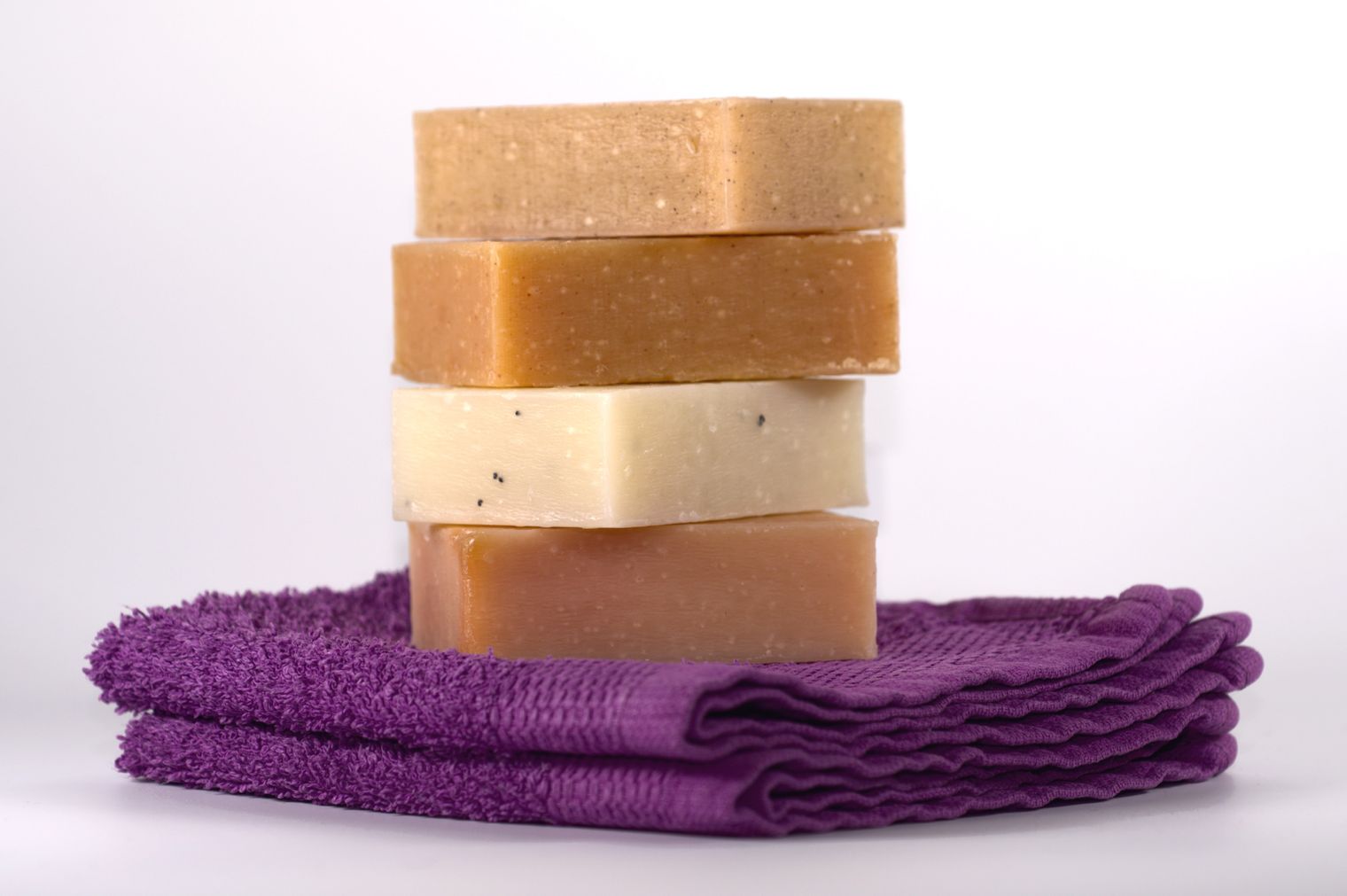Olive oil—particularly extra virgin olive oil—has a reputation for being far healthier than other types of oils, including canola, soybean, grapeseed, avocado, and coconut oil. But do you know why? Nope, it’s not just the healthy monounsaturated fats. It’s largely due to the presence of polyphenol (i.e. phenolic) compounds in EVOO.
"The health benefits of olive oil are 99 percent related to the presence of the phenolic compounds, not the oil itself," Nasir Malik, research plant physiologist at the U.S. Agriculture Department's Agricultural Research Service, told the Washington Post in an interview.
All extra virgin olive oil has some polyphenols, but certain types have much higher polyphenol levels than others. They’ve been dubbed: “high-polyphenol olive oil” or “high-phenolic olive oil.” Here, learn more about what they are and how to get your hands on one.
First, what are polyphenols?
Polyphenols are a type of bioactive compound, or natural chemical molecule, present in small quantities in plant foods such as grapes, tea, chocolate, nuts, and olives. Most polyphenol compounds have beneficial effects on health, thanks to their antioxidant and other properties.
Several types of polyphenols, including hydroxytyrosol, tyrosol, oleuropein, oleacein, and oleocanthal, are particularly potent in olives, which means they’re also present in high-quality olive oil. (Learn all about the different polyphenols in olive oil here).
In fact, polyphenols are one of the most robustly studied groups of olive oil bioactive compounds, with research demonstrating their protective effects against oxidative stress—a type of physiological stress that can cause DNA mutations and lead to cancer, diabetes, heart disease, and neurodegenerative disorders such as Alzheimer’s.
What is polyphenol-rich olive oil?
Polyphenol-rich olive oil is extra virgin olive oil that contains a high percentage of the polyphenol/phenolic compounds mentioned above—hydroxytyrosol, tyrosol, oleuropein, oleocanthal, oleacein. Often, it has a vibrant flavor and exciting peppery finish, and packs a bigger antioxidant and anti-inflammatory punch, too.
But what exactly is considered high? While “high polyphenol olive oil” and “high phenolic olive oil” aren’t formally regulated terms, some experts would say that high means at least 5 mg of hydroxytyrosol (and its derivatives, including oleuropein and tyrosol) per 1.5 tablespoons (20 grams) of olive oil.
Why this amount? Because, according to the European Union Health Claim Labeling Regulation of 2012, that’s the minimum level of polyphenols that must be present for an EVOO producer to claim their product has the ability to deliver meaningful health benefits, like protecting blood lipids (cholesterol and triglycerides) from oxidative damage.
But how do you know if an olive oil hits this polyphenol threshold? If an olive oil producer from the EU can verify their polyphenol levels with appropriate lab testing, they can make certain claims right on the label. Qualifying oils display a “Certified Health Claim” logo and features the following description in its label:
"Olive oil polyphenols contribute to the protection of blood lipids from oxidative stress. The beneficial effect of olive oil polyphenols is obtained with daily intake of 20 g of olive oil. With polyphenols (hydroxytyrosol and its derivatives) content of at least 5 mg, while maintaining a varied and balanced diet and a healthy lifestyle."
Some companies will even provide a certificate of analysis on their website demonstrating their EVOO’s hydroxytyrosol levels.
Testing for polyphenol levels can be expensive, though, and not everyone does it. Polyphenol levels decline over time as well, so it's difficult for a producer to guarantee that their oil will continue to meet the standard for the health claim during its entire shelf life. So don’t automatically rule out an olive oil based on this alone. Also keep in mind: This “health benefit” labeling regulation does not exist outside of the EU, so you’ll have to consider other factors (listed below!) to determine if EVOO from all areas of the world are high in polyphenols.
Factors that influence olive oil’s polyphenol levels.
There are so many factors that influence an olive oil’s polyphenol levels, including the type of olives used, weather patterns, farming practices, time of harvest, manufacturing conditions, and more. Here are a few of the big ones to keep in mind:
When the olives were harvested.
Earlier is better for polyphenol content. Extra virgin olive oil made from greener olives is thought to have the highest concentration of antioxidants and other bioactive compounds compared to oils made from fully mature olives. Many manufacturers will say when they harvest their olives, but you can typically taste the difference: EVOO made from mature olives will be smoother and more buttery, while polyphenol-rich EVOO made from early harvest olives has more bitterness and a pungent peppery bite that you can feel in the back of your throat.
What types of olives were used.
Some olive varieties are naturally higher in polyphenols than others—so seeking out a monovarietal or a blend made with these olives will tend to point you to a higher polyphenol oil. But remember that the harvest timing is also crucial: a ripe olive of any variety is going to have lower polyphenols than a green olive of the same cultivar. These are a few of the higher polyphenol varieties:
- Koroneiki
- Picual
- Moraiolo
- Coratina
- Mission
- Picholine
- Manzanillo
How you store your olive oil.
Keep in mind, once you’ve purchased a high-polyphenol olive oil, the single most important thing you can do to preserve its polyphenol levels is store it correctly. That means keeping it in a cool, dark place away from the hot stove. Also, olive oil doesn’t have an unlimited shelf life, so use it up within a month or three of opening the bottle (good advice for any olive oil).
What are the benefits of polyphenol-rich olive oil?
Extra virgin olive oil has loads of benefits, but high-polyphenol EVOO is at the top of its class when it comes to combating chronic diseases and other health woes. Research suggests that polyphenol-rich olive oils may help:
- Lower cholesterol levels (and oxidation of cholesterol)
- Reduce heart disease risk
- Lower blood pressure
- Boost brain health + cognitive function
- Support mental health
- Ease inflammation + pain
- Reduce diabetes risk
- Help fight cancer
- Improve gut microbiome health
- Aid in weight loss
- and loads more
As an added bonus, a high polyphenol count isn’t just healthier—it also makes a more stable olive oil. The antioxidants slow down the natural oxidation process. That means a polyphenol-packed olive oil will be slower to become rancid than other supermarket olive oils.
TL;DR - Polyphenol-Rich Olive Oils
While higher polyphenol levels may make an olive oil rank higher on health benefits, all extra virgin olive oils contain some of these beneficial compounds, as well as others. Since high polyphenol oils can be very intense tasting with high bitterness and a hot peppery finish, they may take some getting used to. So the best thing for your health is to find olive oils that you enjoy and to use them with abandon! Your taste is sure to evolve—after all, who started drinking wine with huge Cabernet Sauvignons?—so don't feel like a failure if you are not in love with intense olive oils right at the start. And to help you along, here is a tip for using those robust oils: try them with foods served hot, or with more intensely flavored dishes. That will temper the bitterness and pungency, and ease you into the wonderful world of robust extra virgin olive oils!
Product placement
PJ KABOS 'Family Reserve Organic - Medium'
High Phenolic and 2022 Gold-Award Winner.
Declared as 'One of the World's Best Olive Oils'.
Click here to shop.





